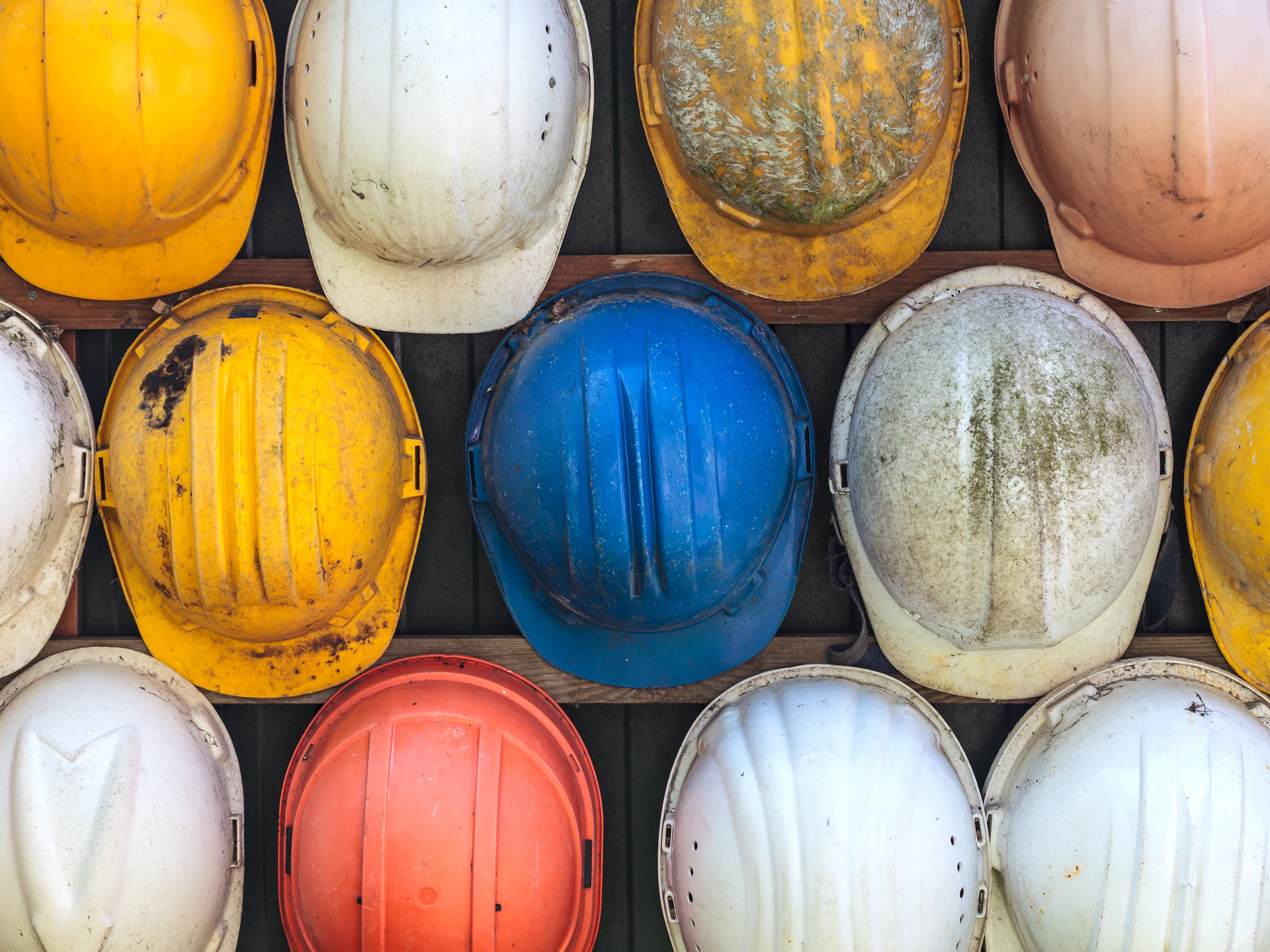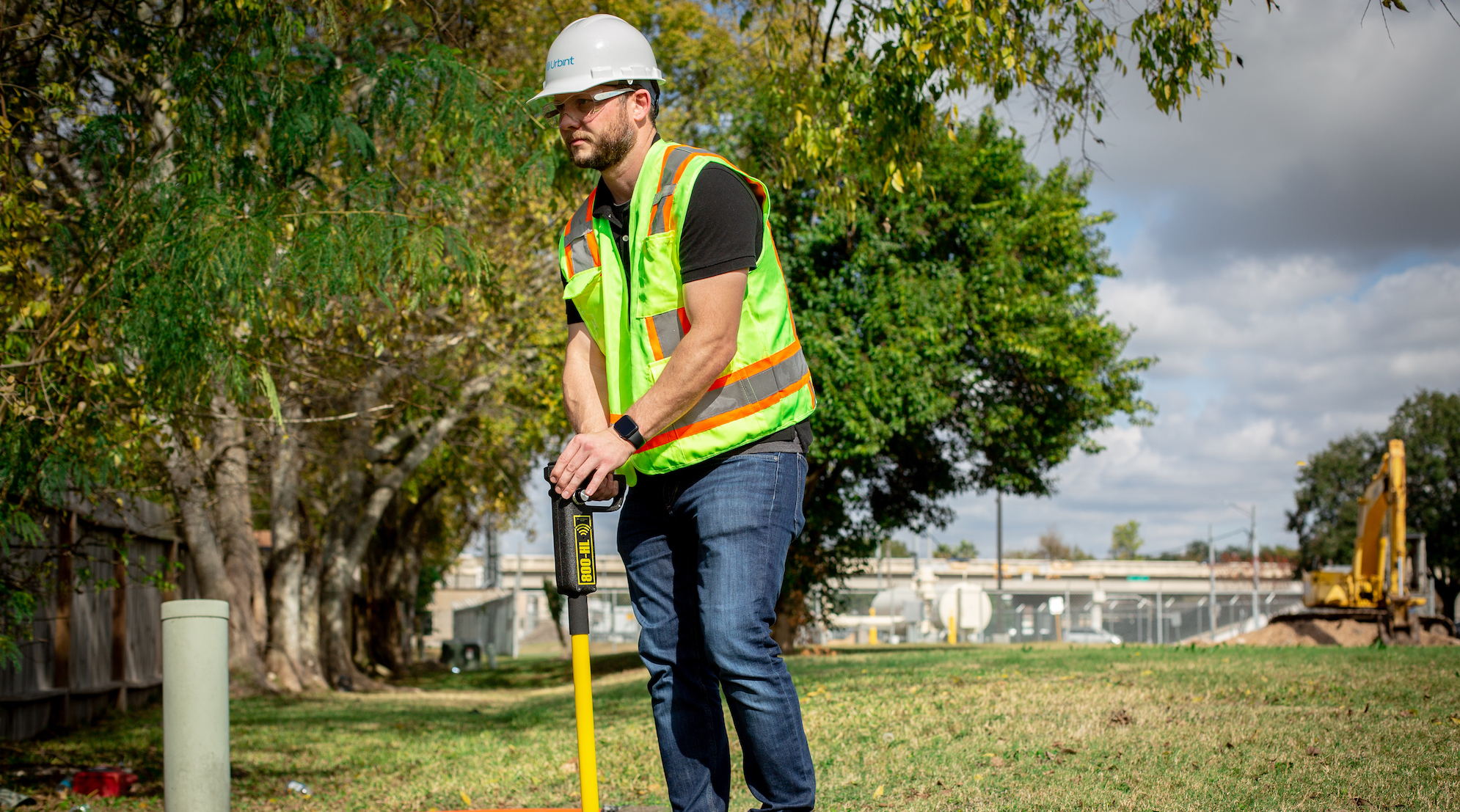Although the number of nonfatal workplace injuries and illnesses has generally been on the decline over the last decade, job fatality rates have gone in the opposite direction. According to the U.S. Bureau of Labor Statistics, 5,333 workers died from job-related injuries in 2019—a 2 percent increase from 2018 and a 17 percent increase from 2010.
“All the time, effort, and money that companies put into safety, you’d think we would see a different result. But it's not happening,” said Nick Stavropoulos, former President and Chief Operating Officer of PG&E and Chief Operating Officer of National Grid US.
As to why this is, Stavropoulos said it comes down to the culture utility leaders create. “The CEO or COO at virtually every high-hazard company I deal with tells me safety is their top priority," he said. "But it's one thing to say safety is important and another thing to make safety a core value within an organization. The C-suite sets the tone.”
Reversing the trend of increasing job fatality rates requires utility leaders take a long, hard look at their approach to preventing safety incidents. Here, we share five steps Stavropoulos said will help utility leaders build a better safety culture.
5 steps to a better utility worker safety culture
1. Value life above all else
It’d be ideal if utility leaders could eradicate all worker safety incidents—including slips, trips, and falls that result in minor injuries. But, because the stakes of job accidents are so high for utilities, Stavropoulos said leaders’ focus must be on preventing serious injuries and fatalities.
“In high-hazard industries, making a mistake can lead to a horrific catastrophe, killing or hurting your workers or a member of the public,” he said. “A safety-first culture starts with one simple premise: Value life above all else. If that’s your number one objective, the probability of you making the best decisions in guiding your organization to achieve the best safety results have gone up dramatically.”
Check out: Worker Safety Resolutions for Construction and Utility Companies
2. Consult the people most affected
No one knows what the safety situation at a utility is better than the workers in the field, which is why Stavropoulos encouraged utility leaders to get out of the office and talk with them often.
“My first week at PG&E, I went to the union hall and listened to the union leaders for three hours. I learned so much,” he said. “Every three or four months, I would go back to the union hall and do the exact same thing. My leadership team and I made it our business to be out in the field, to make workers part of the process to improve safety.”
3. Make speaking up non-punitive and easy
To create a safety-first culture and reduce safety incidents, it’s critically important for workers to report unsafe circumstances or safety lapses, Stavropoulos said. But, they will only do so if they’re confident they won’t be penalized. If they are not, they will not speak up, and safety issues might not be resolved until after job accidents occur.
Equally important, Stavropoulos said, is that reporting safety incidents is straightforward. “Your folks are out in the field. They don’t want to fill out a lot of paperwork. The easier you can make it for them [to report problems], the richer information you will receive.
“When I was at PG&E, we deployed an app called CAP (Corrective Action Program). It is a way of efficiently gathering information, and it creates a treasure trove of data that can be tapped. The more information you receive, [the better] you can use things like artificial intelligence to identify potential problems before they happen.”
4. Listen up and follow through
Making it easy and non-punitive for workers to report safety incidents means nothing if utility leaders don’t listen to their insights and take action where possible. “If you ask people for their advice, and you listen to it but don't do anything with it, are they going to bother to speak up in the future?,” Stavropoulos asked.
That’s why, to create a safety-first culture, utility leaders must follow through on promises. “Ask your workers to speak up, make sure that you and your fellow leaders listen up, and it’s critical to follow up,” he said. “Your say-do ratio should be equal to one. If you say you’re going to do something, you have to do it. If you don’t do it, don’t make excuses. Go back, apologize. The higher do-say ratio you have, the better open and transparent and responsive culture you will have.”
Read: 7 Ways to be More Proactive About Worker Safety
5. Learn from mistakes
The final step to building a better utility worker safety culture, Stavropoulos said, is for leaders to closely examine past safety incidents to see what they can learn. “When something goes wrong, you can’t accept simplistic explanations. You can’t accept that the worker didn’t follow procedure or they used the wrong piece of equipment. It’s important we have a deep understanding of failures,” he said.
Taking it a step further, he said leaders should share their lessons learned with other utility companies. “What’s great about our industry is that electric and gas companies don’t directly compete with each other. It’s important that we share when serious incidents occur so that others can learn from our mistakes, and we can learn from the mistakes of others.”
Stavropoulos shared these tips and more in the webinar “How to Create a Safety-First Culture.” Click the link to watch the recording now.

